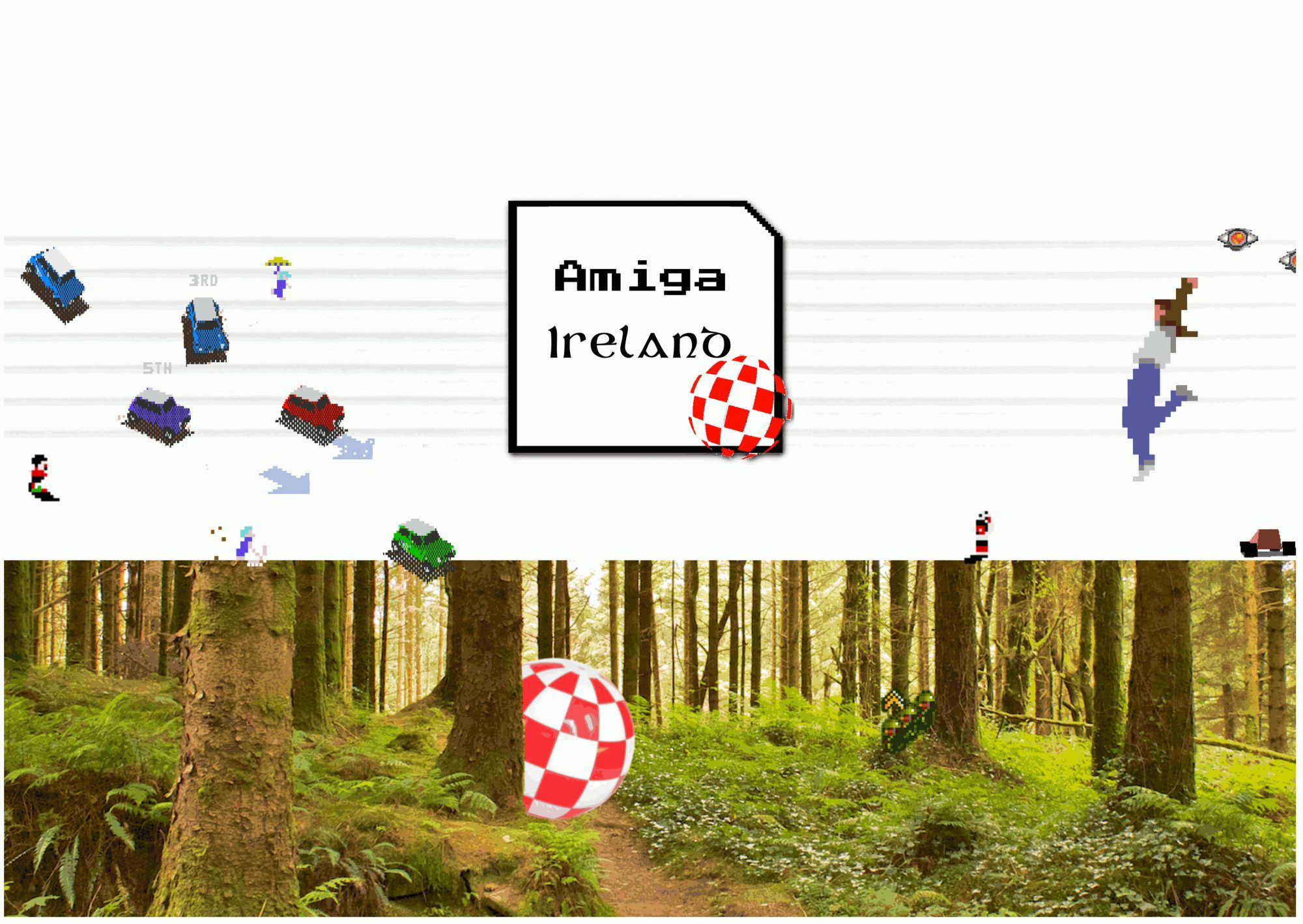We talk about the scene in Italy before and during Commodore’s reign.
Pre-Commodore game development in Italy
Zaccaria produced a set of pinball machines between 1972 and 1988, eventually developing a handful of arcade games (e.g. Money Money, Quasar, Jack Rabbit). The pinball tables were so renowned that a PC game exists today, devoted to re-creating those tables in 3D.
Commodore era
Commodore machines, starting with the C64, effectively enabled active game development in the country. Between 1988 and the early 90’s, game development for home computers was in the hands of three software houses, who quickly made the move to the Amiga, and in some cases the Atari ST. These were Simulmondo, Idea and Genias. Other home computers like the Spectrum and Amstrad CPC had very little market penetration in the country and game development for them never took off.
What these publishers all had in common, besides being all based in Nothern Italy (Bologna, Varese), was the scope of their production. All of them were hands deep into sports and racing games, especially Simulmondo, whose name hinted at their stated intent to produce sports simulations. Sometimes they were relatively niche sports, such as bowls, billiard and fishing! All of them also produced licensed adaptations of comic books, usually coming in the form of side-scrolling action platformers or action adventures. Some of the comics that received this treatment include Nathan Never, Sturmtruppen, Cattivik, Lupo Alberto, Dylan Dog and Tex.
At the same time, the circulation of bootlegs extended to the C64 and Amiga and made its way to compilation/shovelware disks published at newsagents at a time where there was no regulation in Italy. I even ended up knowing some games not by their actual titles, but by the ones given to them on these bootleg disks!
However, it was not uncommon for these software houses to experiment in other genres: for example, Idea made Swords and Galleons (their own Sid Meier’s Pirates!) and Bomber Bob, a v-scroller a la Xevious; Simulmondo made Italian Night 1999, an investigational adventure game; and Genias published puzzle game Tilt, h-shooter Catalypse (on the C64) and choose-your-own-adventure Profezia. Sadly, I am not aware of any flight simulators ever produced in Italy for the Amiga.
Game development studios
These publishers originally operated in a similar fashion as British software houses like Ocean, mainly developing games in-house and hiring young, passionate programmers and graphic artists as contractors, sometimes as young as 14. Distinctions between publisher and developer were rarely to be found then.
Around 1991-92 the tide starts to change and the identity of development studios begins to stand out. Examples include Holodream, Trecision (later also a publisher), Dynabyte (also a publisher) and Lightshock. Some of these studios begin to work with different publishers (also international, see Holodream with Team-17, Trecision with Cryo etc.)
Episodic game production
After the first few game adaptations of Dylan Dog and Tex, Simulmondo teams up with comic book publisher Bonelli to create several series of video games from comic books and available as monthly publications to be purchased at newsagents. They all followed the style of side-view action adventures with multiple-choice interfaces and dialogue. Between 1993 and 1994, approximately 85 titles were published in this form, including comic adaptations (e.g. Diabolik, again Dylan Dog and Tex, and also a few Spider-Man games due to Bonelli being the licensee for Italy) as well as original franchises (Simulman, Time Runners). These all came both on Amiga and on MS-DOS (early issue contained floppies of both versions). It was a very early example of episodic publishing of game content, what today is becoming the norm if you look at series like Life is Strange.
Other publishers followed suit, but only for limited runs: Hobby&Work commissioned a 4-episode adaptation of The Ancestral Trail to Holodream in 1994, but eventually decided not to publish the (albeit completed) Amiga versions following the closure of Commodore. That was the year the few existing software houses backed out on the Amiga: Dynabyte cancelled the release of h-shooter T-Racer, and the remaining development teams who didn’t make the move to the PC sought fortune in the shareware market or with foreign publishers.
Italian Amiga applications
Eyelight created the Tornado3D modelling software, later taken over by Haage & Partner
Top Italian Amiga game recommendations from Alessandro
* I Play 3D Soccer (sports) (link)
* Lupo Alberto (platformer) (link)
* Over the Net (sports) (link)
* Big Game Fishing (sports) (link)
* Extasy (puzzle) (link)
* Nippon Safes Inc. (adventure) (link)
* Dylan Dog: The Murderers (action adventure) (link)
* Crazy Seasons (puzzle platform) (link)
* F17 Challenge (racing) (link)
* Arcade Pool (sports) (link)
* Shadow Fighter or Fightin’ Spirit (vs. fighting) (link)
* Breathless (first-person shooter) (link)
* T-Zero (h-shooter) (link)

